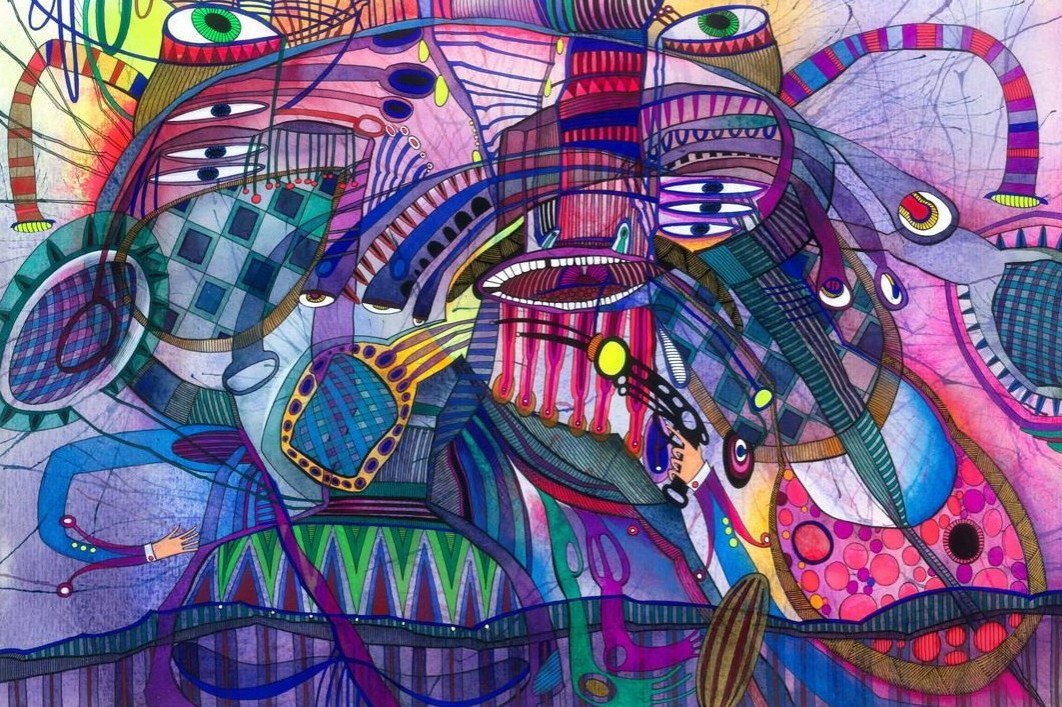In the previous blog, I have written a post about what Agenda Setting is, and how the traditional Agenda Setting theory has changed with the rise of digital media. Today, I will be writing about the Cultivation Theory.
<Cultivation theory>
Cultivation theory especially came out when the television technology has developed to the point where every household had one television. It states that the ‘long term exposure to television tends to cultivate the mean and dangerous world to the audiences.’
This prediction was made through the Cultural Indicators Project by George Gerbner in 1967. Two research methods were taken: content analysis of television programs and survey of viewers to find out their perceptions of the world. As a result, Gerbner concluded that the heavy viewers (which are the ones who watch television for more than four house a day) cultivate their perceptions of the world similar to television portrayals, generally made with mean and dangerous violence/crime. This effect is due to television programs’ characteristics to be similar and repetitive. These features can create myths, or even ideologies of the world perceptions of viewers.
Cultivation theory has gained attention because of disparity. As the symbolic world created by television is in fact very different from reality, this disparity causes distortion of reality to audiences, especially for young people.
<What has Changed?>
With the rise of digital media, different views of the world have come up to the surface. Blog, Twits, Facebook posting, Instagram, individual broadcasts, and much more allowed people to choose their own media to be exposed. This selective exposure makes individuals to be cultivated to specialized world perceptions.
Scholars say that new cultivation may be stronger than with television because of resonance. Resonance happens when individual’s reality view is supported or reinforced by media. Because people have the tendency to choose to be exposed to media contents that matches their preexisting beliefs and realities, cultivation effect amplifies.
This change in Cultivation Theory is due to‘Audience Selectivity and Control.’ Due to increased interactivity anddiversity of content of digital media, audiences now can be more selective oftheir exposure and have more control over it.
References: https://masscommtheory.com/theory-overviews/cultivation-theory/




Good to know something more about this theory! I personally believe that television strongly influences, in bad or positive ways, our cultural perceptions of the world. Many people consider it as an important media from which receive news and stay informed. It can actually be useful, if it is used with moderation. I am currently living without TV and I have to admit that I miss it sometimes.